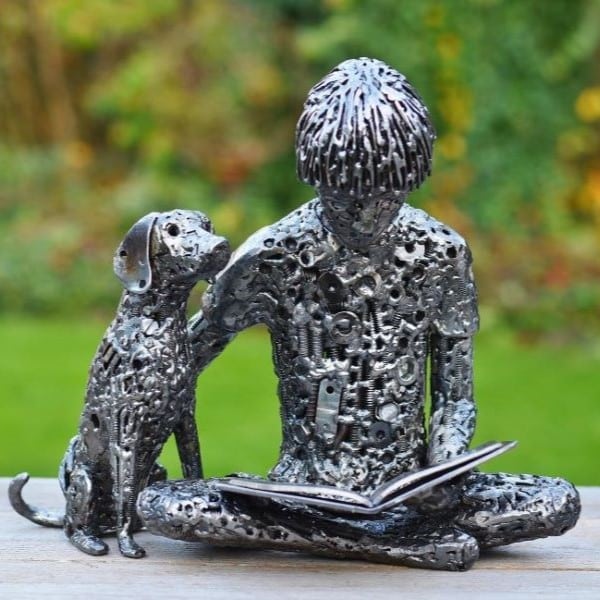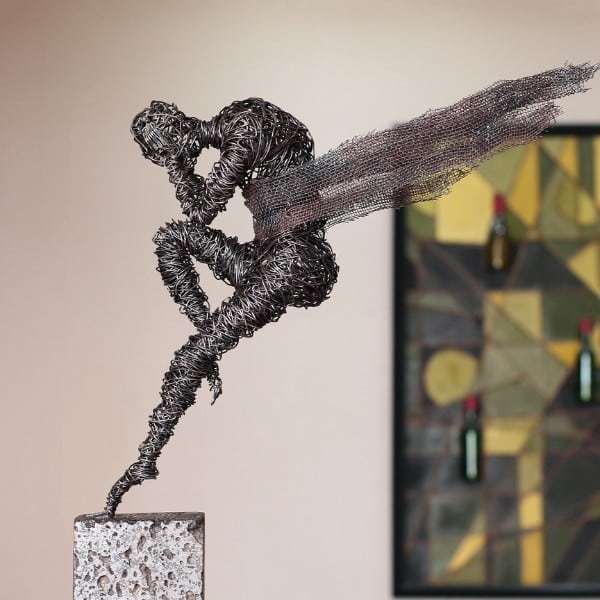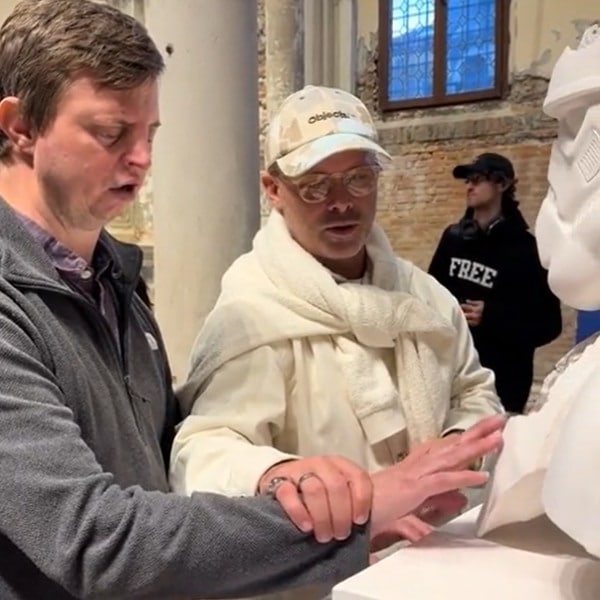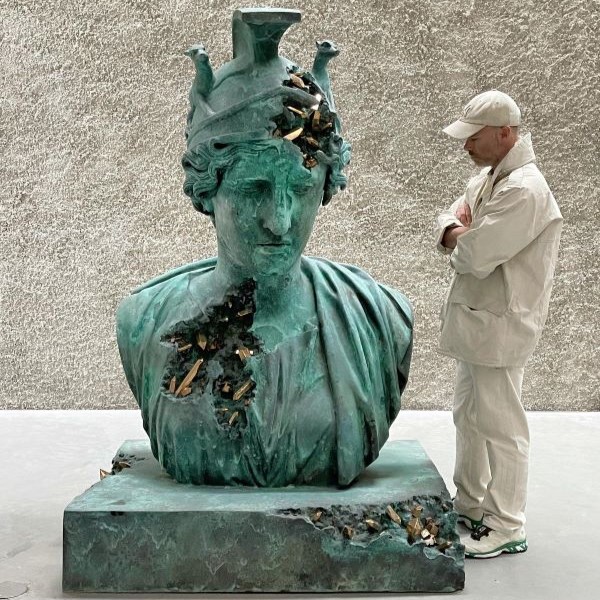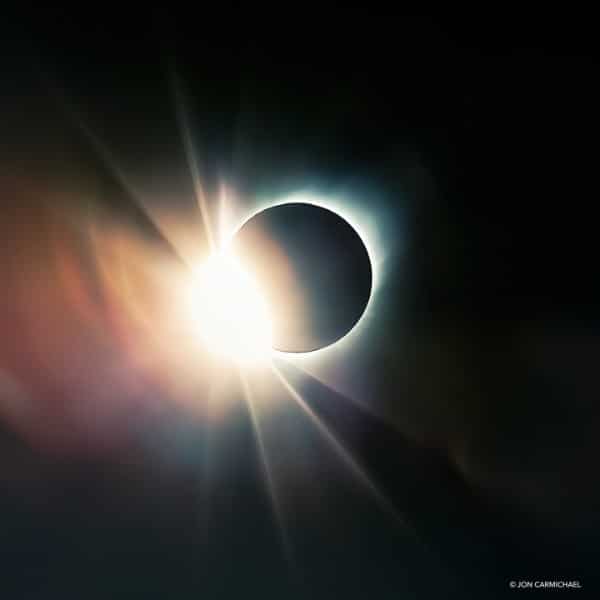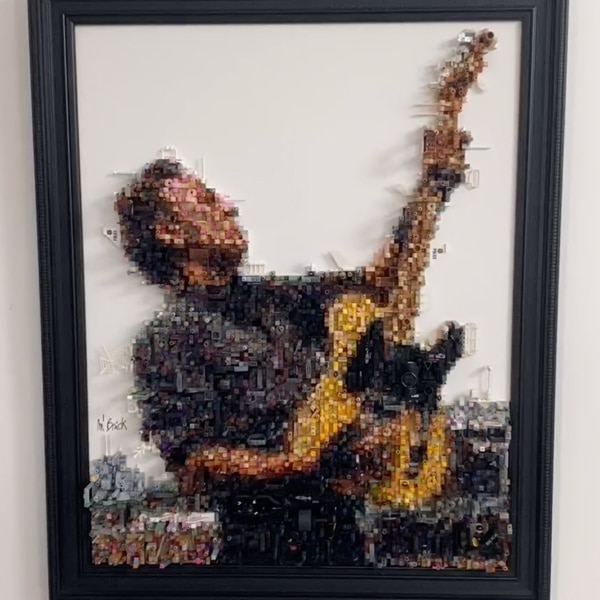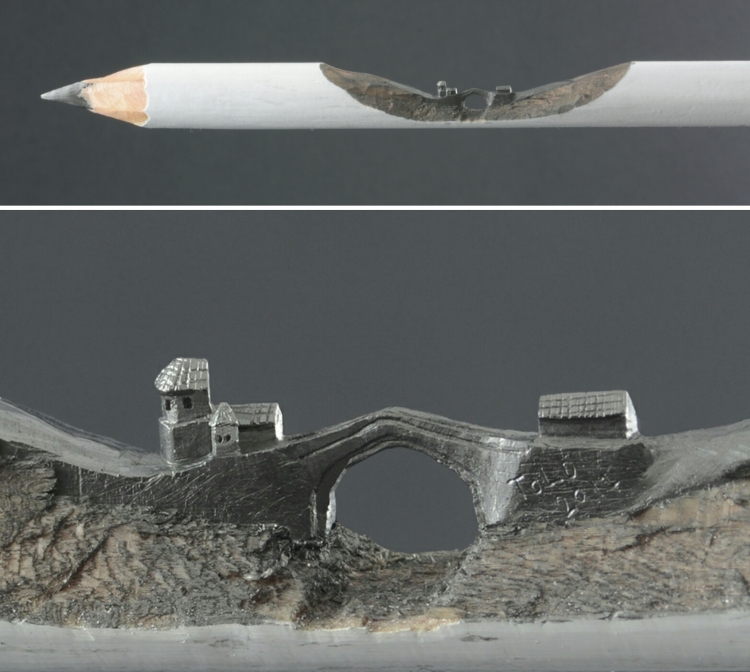
Pencils are one of the most basic art supplies, used for a variety of tasks ranging from making preliminary sketches to producing incredibly detailed drawings. However, Bosnian artist Jasenko Đorđević takes pencil art to new heights with his intricate pencil lead sculptures. Transforming each pencil from a mere art-making tool into a masterpiece in its own right, he meticulously crafts each piece using the fragile graphite core as his canvas.
Drawn to small-scale art ever since he was a child, Đorđević experimented with a variety of mediums before he settled on pencil lead. He was originally inspired to try his hand at miniature pencil sculpture by artist Dalton Ghetti—a pioneer in this form of art. However, the talented artist has since brought his own style and expression to the medium, learning through trial and error along the way.
We had the chance to chat with the miniature artist and learn more about his process and passion for pencil lead sculpture. Read on for My Modern Met's exclusive interview with Jasenko Đorđević.
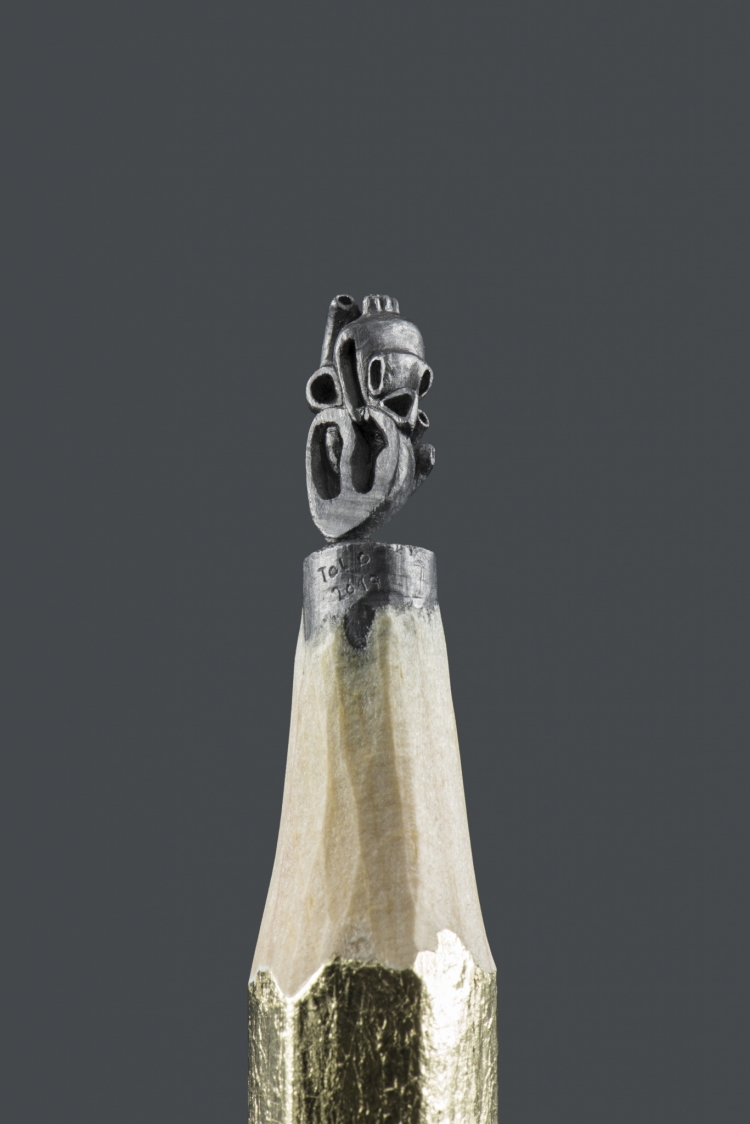
How did you originally become interested in miniatures?
As far back as I can remember, I've always shown interest towards art—especially miniatures. In preschool and primary school, I had my first encounters with drawing and shapes, and, even then, my drawings were very small compared to the paper. I also made little clay sculptures. But as I grew and changed, so did the material. For a time, I was very interested in the art of folding paper—origami. My challenge was to make the smallest shape possible, which I achieved in the year 2000. I folded a little paper boat with a piece of paper that was 1.5mm by 2.5mm, but the folded boat itself was 1mm in diameter. I applied for the Guinness Book of Records, but due to some administrative reasons, it was not admitted. Of course, I was told that they did not have a similar record for the time being.
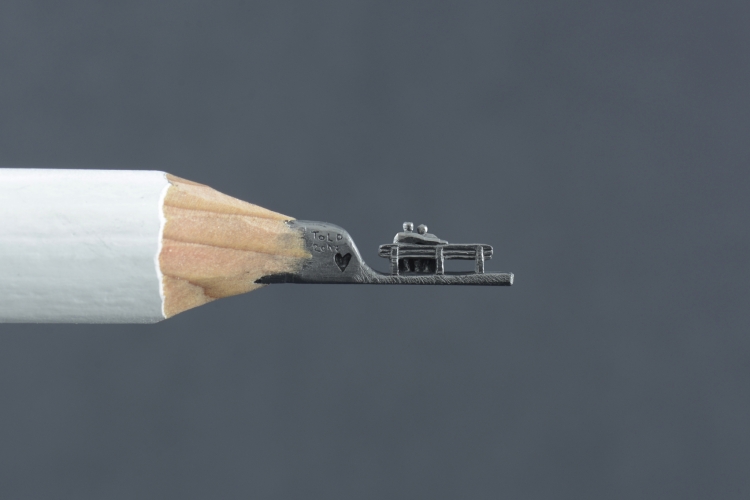
(continued) At the beginning of the year 2010, I was introduced to the art of carving graphite when my brother sent me a link to an artist called Dalton Ghetti (presumed to be the founder of this art) and challenged me to make something similar. A few days passed, and I managed to send him the finished product. The first sculpture was not so good, but it was enough to spark an interest in me for this type of art. At the time when I started, Ghetti was the only artist who made these types of sculptures, and, after myself, a few other artists started doing the same.
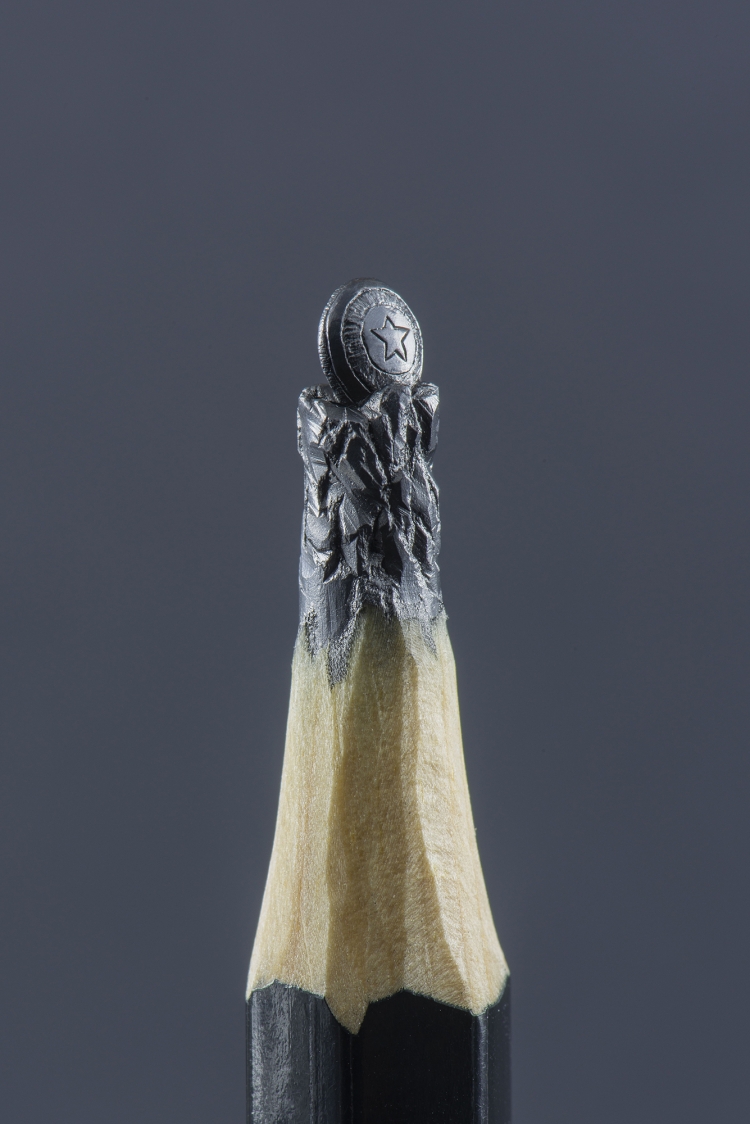
What is it about pencils in particular that leads you to continue all of your work in that medium?
The pencil has always been a tool for making art, but, in this instance, it is the art. And that is the first thing that inspired me. It has always been very symbolic to me, the pencil itself, and every sculpture that arises from it has meaning and a story behind it. The second reason is the challenge that graphite poses. Graphite is a fragile, easily breakable material. It takes a lot of concentration for extended periods of time to avoid any breaks during production. Also, the diameter of the pencil is between 0.5mm – 0.4mm (depending on the pencil) so there is not much room, especially not for errors. If a mistake is made, it is measured in tenths of a millimeter. Every sculpture is a new challenge, and the path to its completion is highly unpredictable to the very end.
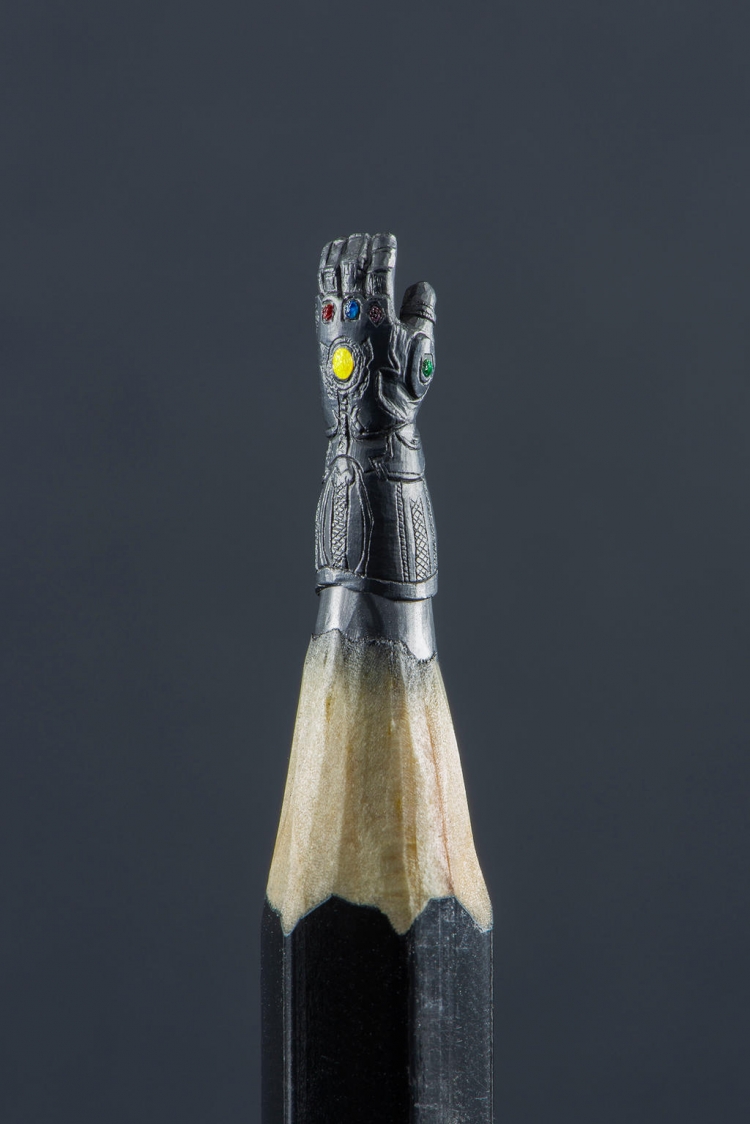
How do you usually come up with ideas for what to sculpt?
My motives usually depend on the project. Sometimes a project requires a pop art style. In other instances, the inspiration is from nature, famous works in the world of architecture, reproductions of well-known pieces of art, etc. Also, I often create a sculpture that reflects on a certain problem in society, both locally and globally. In the beginning, I would do shapes that don't require much detail and that fit easily onto the graphite surface. Nowadays, my sculptures are much more complex and require determination. Most of the time, the design is chosen by the client, and I actually prefer these the most because they are not subjective.
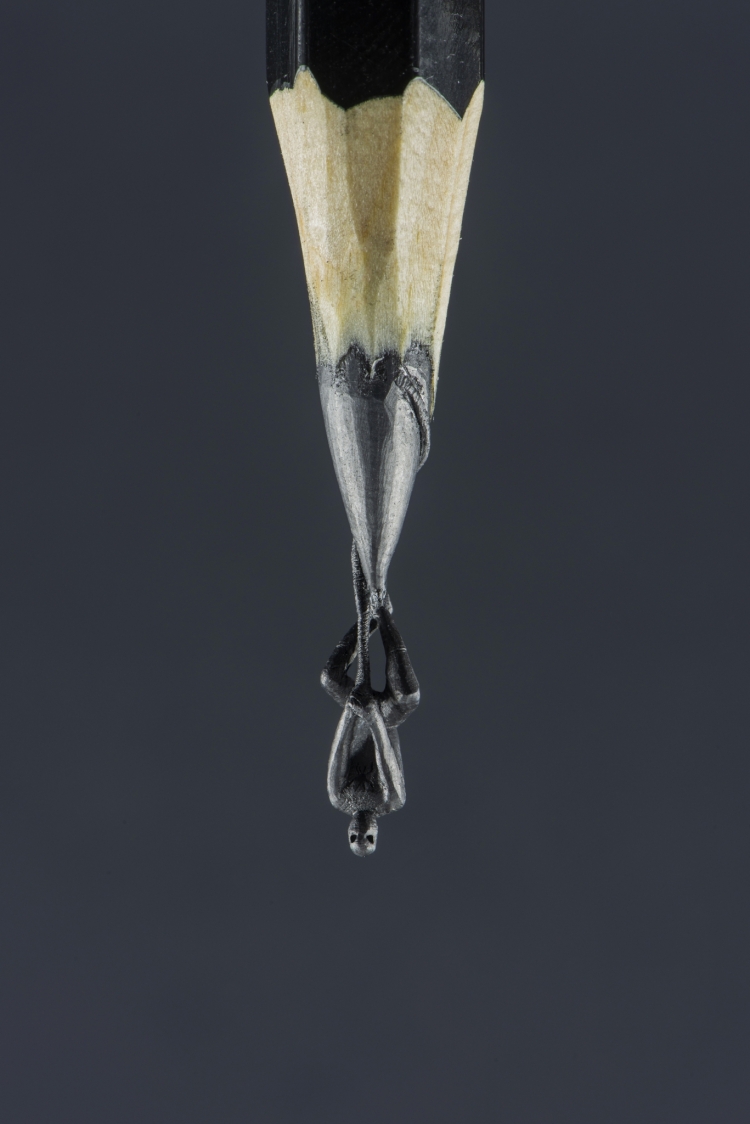
(continued) When I choose what to sculpt, I am more aware of the procedure that will take place, along with potential risks during production. When I take it all into consideration, most ideas get rejected at the very beginning. The client doesn't have insight into the risks and is mostly unaware of the process of making sculptures. Nor do they know the dimensions of the sculpture and its details. The client only knows what they want as a design, and is up to me to make that idea come alive. Of course, sometimes I have to turn down a project due to it not being technically possible.
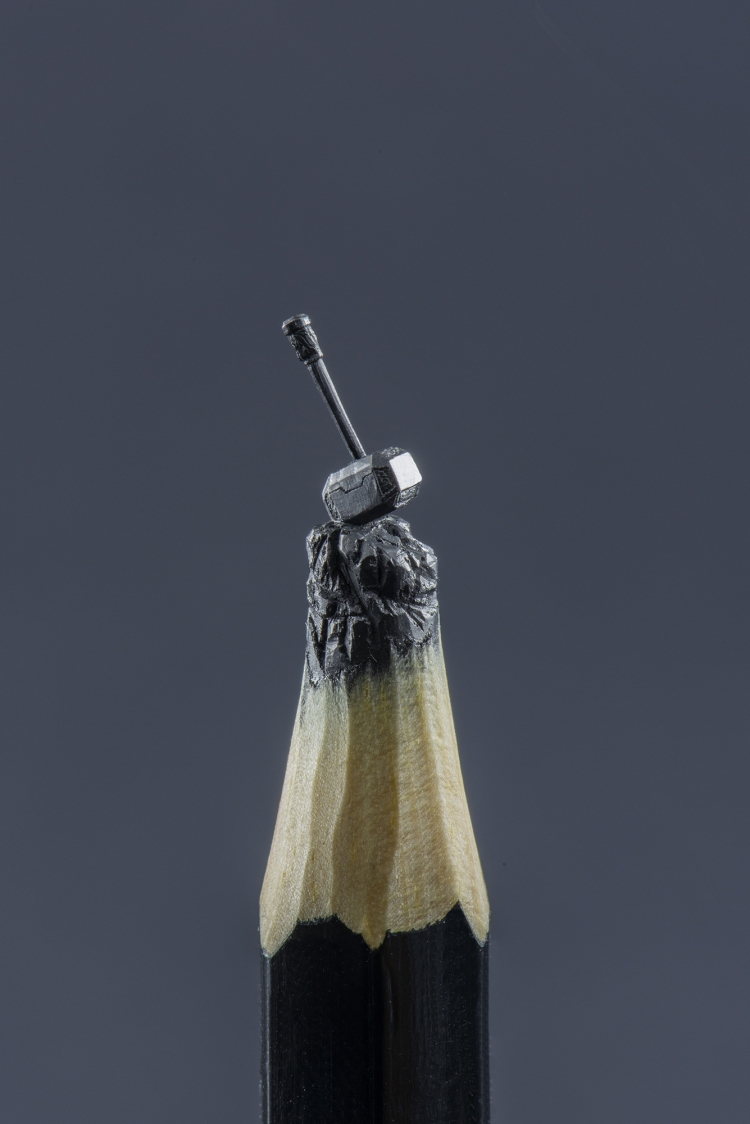
What is the process of creating each piece like?
It starts by choosing a design. Because the surface of the graphite is limited, it is not possible to implement every idea. Firstly, I draw a motif of how it's supposed to look on the pencil. Secondly, I estimate what the sculpture's weak points are—the places where the sculpture could easily break. Based on the design I choose and the type of pencil (round or square), I prepare the right tools (various types of surgical scalpels), and then the process may begin. The carving process is split into two phases. During the first phase—which lasts anywhere from five to 10 hours—I try to get the rough outline of the sculpture that implies what the finished product will look like.
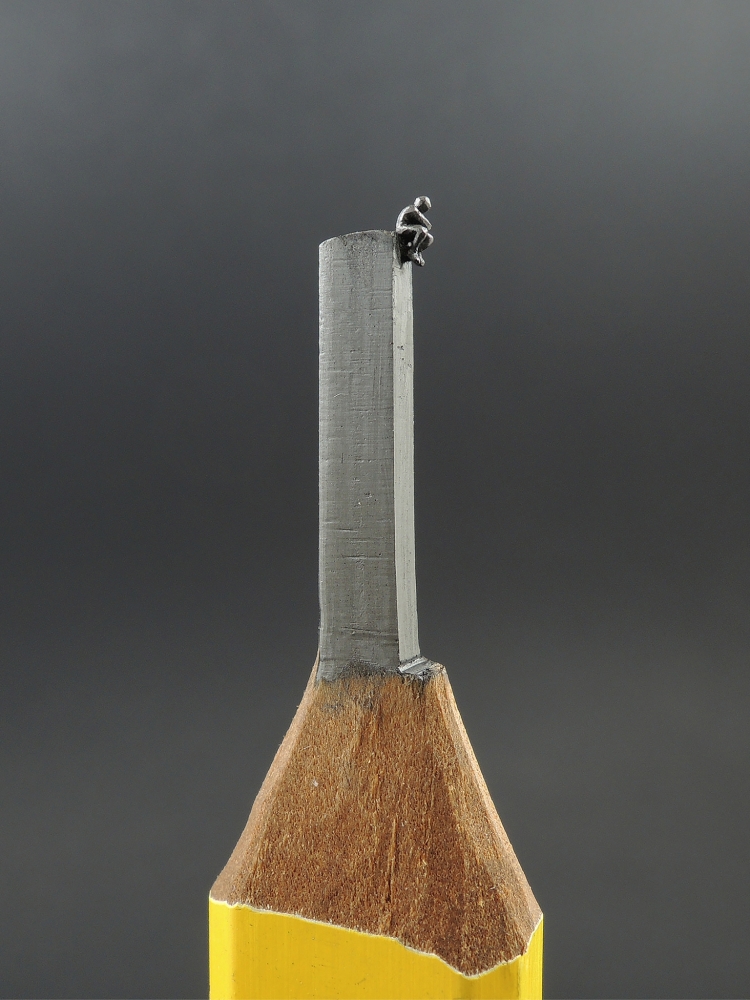
(continued) After the first phase, I take a couple of high-resolution images to see if it needs any additional corrections. These sculptures are approximately 4mm in diameter and 10–20mm high, so it is very difficult to notice minute details with the naked eye. When I am certain that the sculpture satisfies all my desired aesthetic criteria, phase two may begin. Phase two is the detail phase, the phase where all the fine details are done. This portion requires a microscope, and it may take up to two days, depending on the complexity of the sculpture. When phase two is complete, so is the sculpture. As the last step, I take a couple of photographs for my archive and give it a serial number.
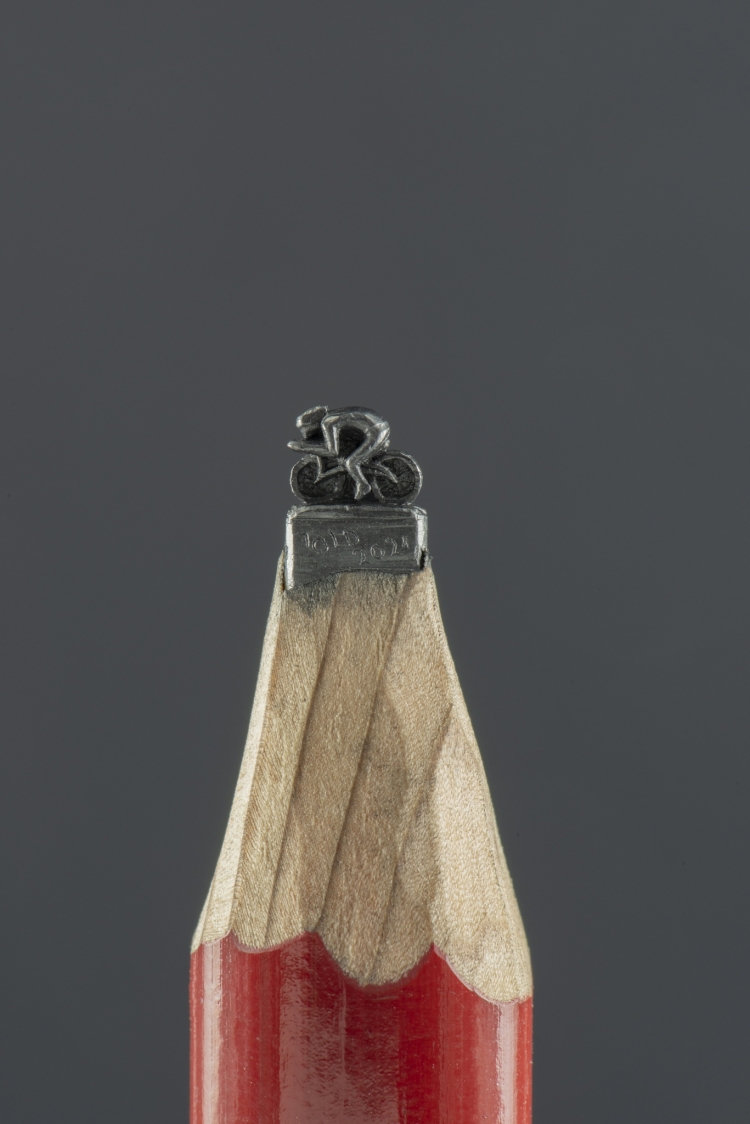
What has been the most challenging part of your career as an artist?
The very beginning was the most challenging because, at that time, I only had the idea and not the know-how for carving sculptures. I used the pencil as a tool, without thinking about its thickness, the quality of the graphite, and especially not the marks on the pencil (H and B) that describe it. Also, there aren't any specific tools made for this type of art. With time, I learned the differences between graphite types and their hardness, ultimately finding the best pencil that suits my needs along with the right tools.
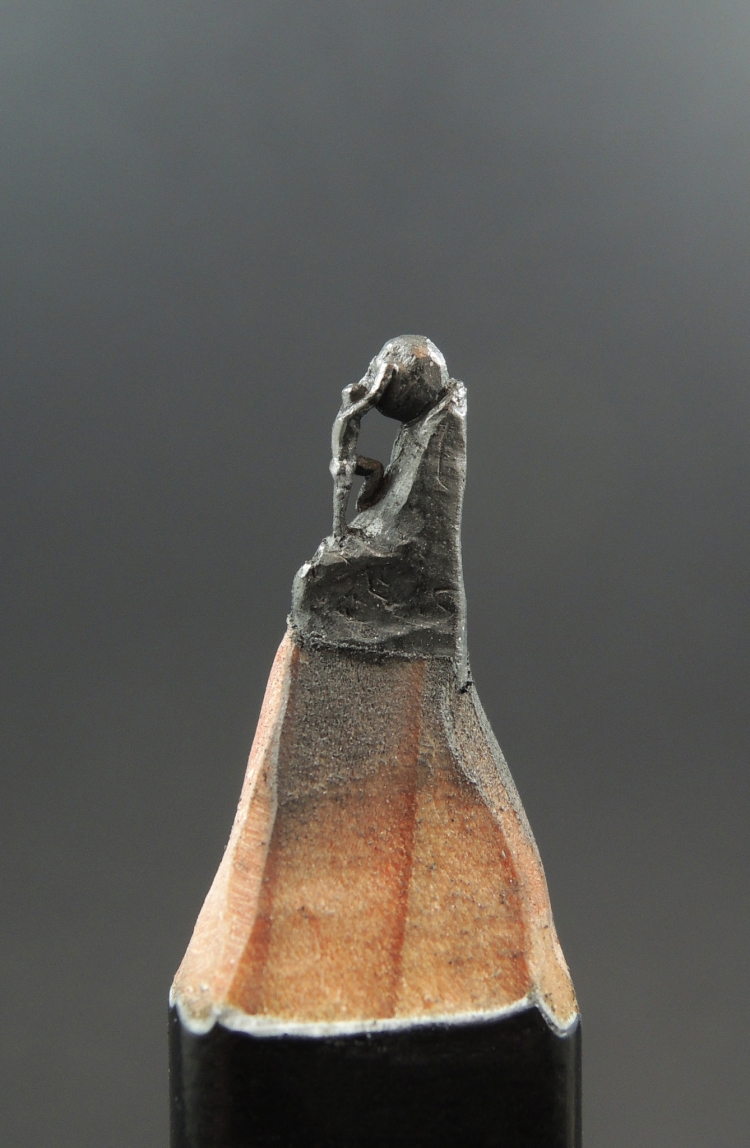
What has been the most rewarding?
That would have to be the period from 2015 to 2016 when my work became noticed by internet forums and various news agencies. As a result, it was shared with the rest of the world. During that period, a lot of doors opened up to me. I even had my first international exhibition in Norway. It was the moment I decided that this would be the path I chose to pursue, and I feel like I wasn't wrong.
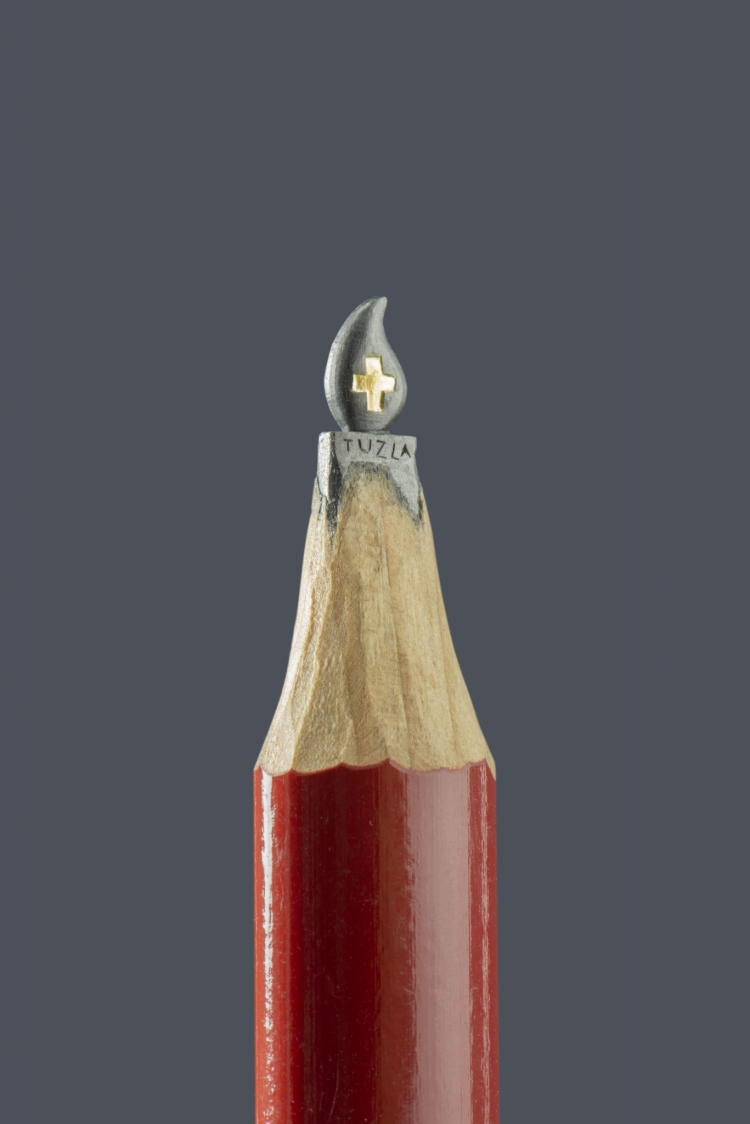
Do you have a favorite piece or project that you have worked on thus far in your career?
I have a few projects and campaigns that have a special place in my heart. One of them is Project Literacy where I made a series of sculptures that reflect on human rights. The project I completed for Amnesty International also had a goal of helping people that have been wronged. I enjoy working on these types of projects because I get to address certain social issues with my work.
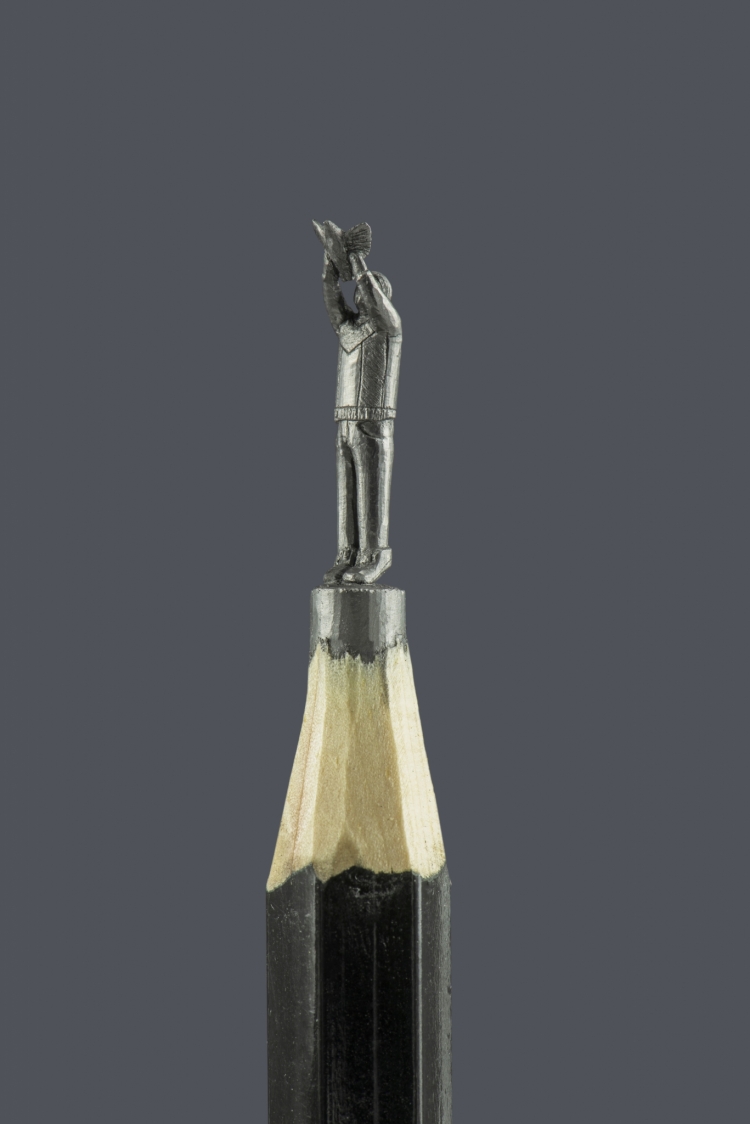
Is there anything else you would like to share about your work?
I have been doing this for a very long time and have yet to be bored from it. It has given me meaning, opportunities, (of course) pleasure, and lastly—but most importantly—it gave me freedom. Freedom from the monotony of everyday life and, sometimes, freedom of my own thoughts.
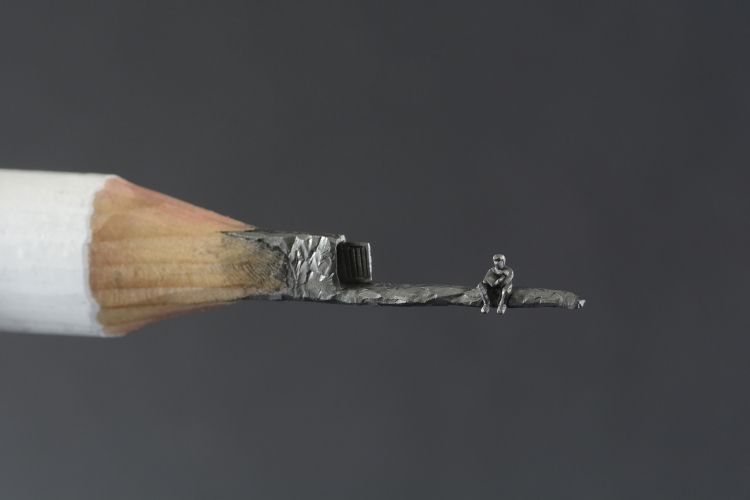
Jasenko Đorđević: Website | Instagram | Facebook | Twitter
My Modern Met granted permission to feature photos by Jasenko Đorđević.
Related Articles:
Incredibly Intricate Sculptures Carved from the Tips of Pencils
Artist Hand-Carves Miniature ‘Game of Thrones’ Sculptures on the Tips of Pencils
Artist Sculpts One-Of-A-Kind Electric Guitar Body from 1,200 Colored Pencils
17 Best Drawing Pencils for Professionals and Beginners Who Love to Sketch













































































